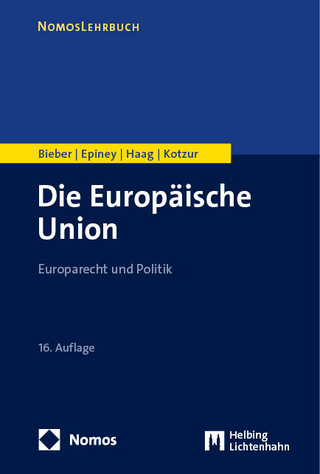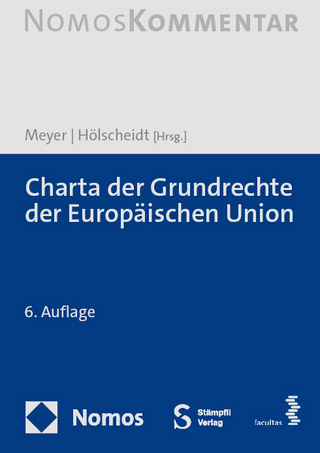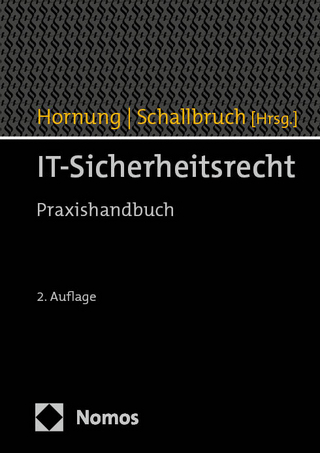
New War Technologies and International Law
The Legal Limits to Weaponising Nanomaterials
Seiten
2022
Cambridge University Press (Verlag)
978-1-108-83524-4 (ISBN)
Cambridge University Press (Verlag)
978-1-108-83524-4 (ISBN)
This book examines how the law of armed conflict regulates the use of nano-technologies as a means or method of warfare. It explores three specific weapons, namely nano-enhanced thermobarics, optogenetics and genetic modification, and their existing legal frameworks, relevance and future military use of nanomaterials and other technologies.
The desire for humanity and the desire for security have co-existed as long as humans have been alive. As science has become increasingly sophisticated, so have the methods of self-defence by States. Nanotechnology is already changing warfare by increasing capabilities upon which armed forces are heavily reliant: more efficient energy storage, advanced photovoltaics, and improved military protective equipment to name a few of these developments. Some applications of nanomaterials by the military are both powerful and subtle, and have neurological and biological applications: 'devices that can infiltrate electronics and seize control at crucial moments, artificial “disease” agents that can rest harmlessly in victims' bodies until activated by an external signal'. The advance of the use or contemplation of use of these types of nanoscale applications by the military requires urgent analysis in light of existing international law, particularly in light of their potential effects on humans and on the environment.
The desire for humanity and the desire for security have co-existed as long as humans have been alive. As science has become increasingly sophisticated, so have the methods of self-defence by States. Nanotechnology is already changing warfare by increasing capabilities upon which armed forces are heavily reliant: more efficient energy storage, advanced photovoltaics, and improved military protective equipment to name a few of these developments. Some applications of nanomaterials by the military are both powerful and subtle, and have neurological and biological applications: 'devices that can infiltrate electronics and seize control at crucial moments, artificial “disease” agents that can rest harmlessly in victims' bodies until activated by an external signal'. The advance of the use or contemplation of use of these types of nanoscale applications by the military requires urgent analysis in light of existing international law, particularly in light of their potential effects on humans and on the environment.
Kobi Leins is Senior Visiting Research Fellow at King's College, London; an Expert for Standards Australia providing technical advice to the International Standards Organisation on forthcoming AI Standards; Co-founder of IEEE's Responsible Innovation of AI and the Life Sciences; Non-Resident Fellow of the United Nations Institute for Disarmament Research; and Advisory Board Member of the Carnegie Initiative on AI and Equality.
1. International law and the use of nanomaterials in war; 2. The three technologies using nanomaterials; 3. International treaty law; 4. International customary law and principles; 5. International environmental law and principles; 6. International human rights law; 7. Conclusion and recommendations.
| Erscheinungsdatum | 24.01.2022 |
|---|---|
| Zusatzinfo | Worked examples or Exercises |
| Verlagsort | Cambridge |
| Sprache | englisch |
| Maße | 158 x 236 mm |
| Gewicht | 600 g |
| Themenwelt | Recht / Steuern ► EU / Internationales Recht |
| Recht / Steuern ► Öffentliches Recht ► Völkerrecht | |
| Recht / Steuern ► Privatrecht / Bürgerliches Recht ► IT-Recht | |
| Sozialwissenschaften ► Politik / Verwaltung | |
| ISBN-10 | 1-108-83524-4 / 1108835244 |
| ISBN-13 | 978-1-108-83524-4 / 9781108835244 |
| Zustand | Neuware |
| Informationen gemäß Produktsicherheitsverordnung (GPSR) | |
| Haben Sie eine Frage zum Produkt? |
Mehr entdecken
aus dem Bereich
aus dem Bereich


